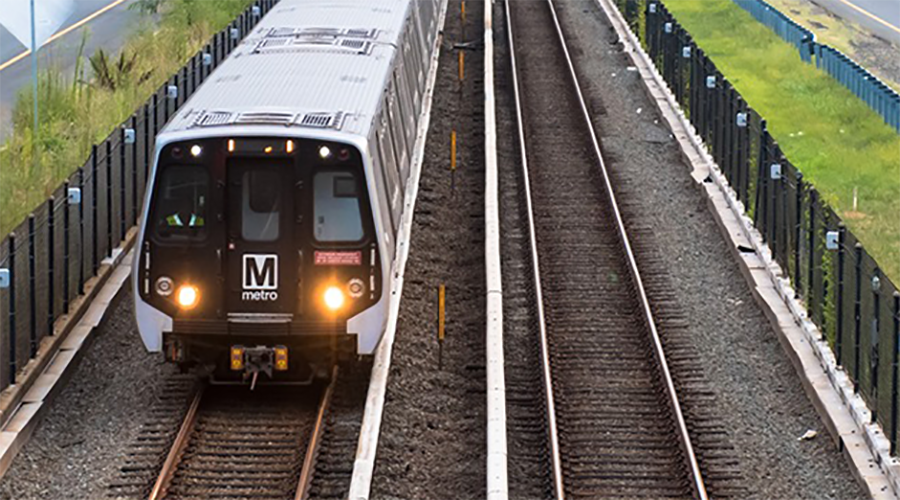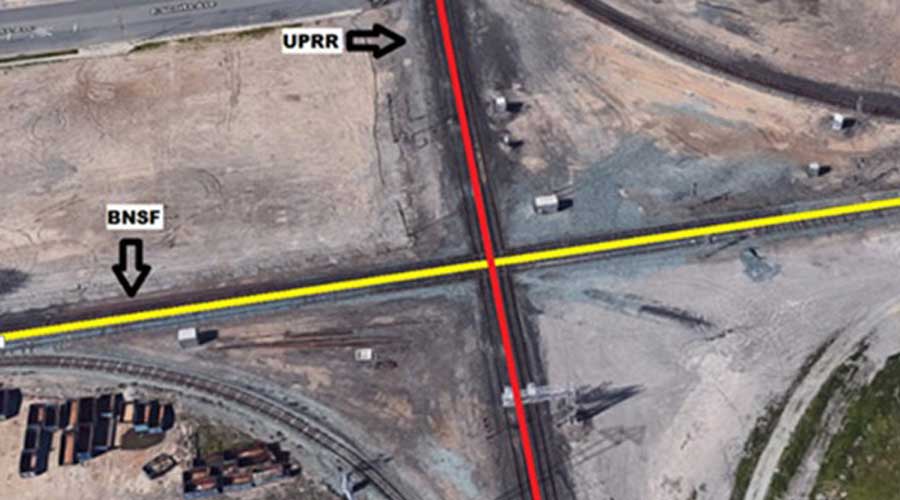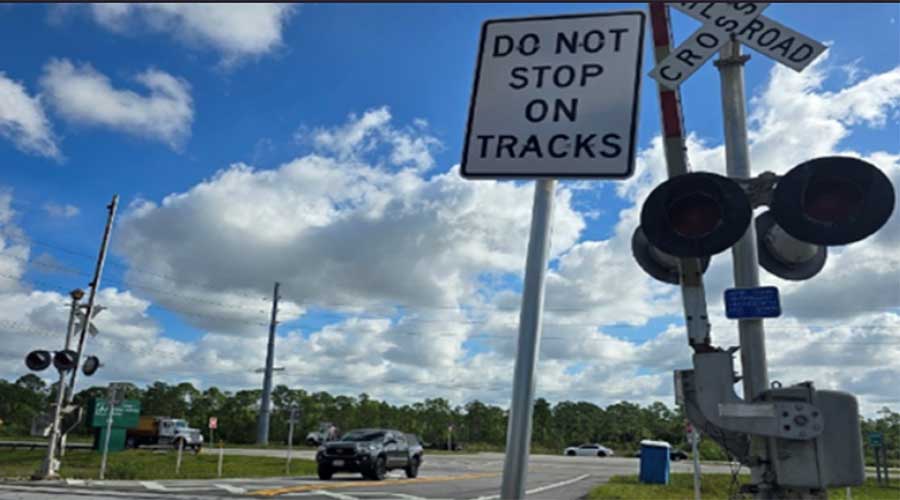Stay updated on news, articles and information for the rail industry
6/3/2014
Rail News: Passenger Rail
Maryland transit officials to solicit public comments on rapid transit study
The Maryland Transit Administration (MTA) will host three meetings this month in Prince George's and Charles counties to gather public input as part of the Southern Maryland Rapid Transit (SMRT) study.
The SMRT study involves a proposed 19-mile transit alignment along the Maryland 5/U.S. 301 corridor that would connect Waldorf/White Plains in Charles County to the Branch Avenue Metro Station in Prince George’s County, MTA officials said in a press release.
The study builds off the 2010 Corridor Preservation study and is part of a long-term planning process to evaluate the alternatives for an alignment and select a transit mode, which could be bus rapid transit or light rail, they said. Each open house will present project histories, goals, alignment alternatives, transit options, preferred station locations and schedules, along with information on related projects being conducted by the Maryland State Highway Administration, and Prince George's and Charles counties.
In partnership with the counties, the MTA will select a locally preferred alternative. Project staff will be available to explain the displays, answer questions and record comments at the open houses, which will be held June 10, 18 and 19.
As part of the SMRT study, the MTA will examine several alignments and two transit modes to compare their respective environmental effects, ridership potential, community impacts, costs and economic development potential. The administration aims to identify one alternative that could be advanced through local, state and federal actions. The $5 million study is expected to take two years to complete.


 2025 MOW Spending Report: Passenger-rail programs
2025 MOW Spending Report: Passenger-rail programs
 Gardner steps down as Amtrak CEO
Gardner steps down as Amtrak CEO
 Guest comment: Oliver Wyman’s David Hunt
Guest comment: Oliver Wyman’s David Hunt
 Women of Influence in Rail eBook
Women of Influence in Rail eBook
 railPrime
railPrime







